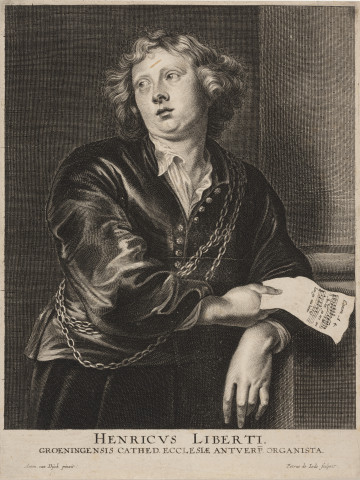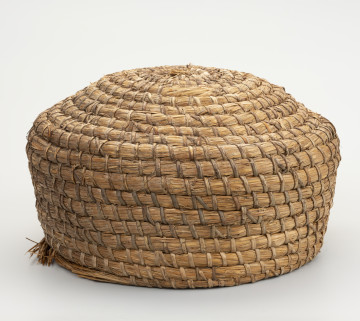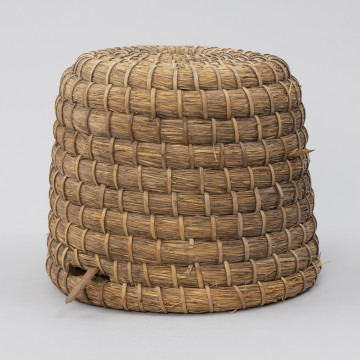
Portrait
circa 1632
National Museum in Szczecin
Part of the collection: History of the city and the region
Each craft guild had a symbolic object in its possession – it could be a miniature shoemaker's last, a weaver’s shuttle or – like in the case of a tailors’ guild of Łańcut – a metal escutcheon with the attributes of the profession embossed on it. The object was used to convene meetings, which were usually held every two weeks, bringing together all the masters of the particular craft, who tackled ongoing issues with purchasing raw materials, talked about pricing, satisfying the needs of the local market and other topics. The topics discussed at these meetings were secret. Another custom involved handing the symbol to every master joining the guild. This was done officially, after they have completed all the customary duties. The guild was then returned to the guildmaster to continue being used as a symbol for convening meetings. In addition, when necessary, the guildmaster sent the symbol with information about a given event, either verbal or written on a piece of paper. The object was passed from one master to another according to the established route and then returned to the guildmaster. The Łańcut guild dates back to 1850 and was used by local tailors probably until around 1950. The ring put next to the chain was used to hand the piece of paper with written information. Joanna Kluz
Object type
History of the city and the region
Owner
Castle Museum in Łańcut
Identification number
Location / status

circa 1632
National Museum in Szczecin

1965
National Museum in Szczecin

1890 — 1910
National Museum in Szczecin
DISCOVER this TOPIC
Museum of King Jan III's Palace at Wilanów
DISCOVER this PATH
Educational path